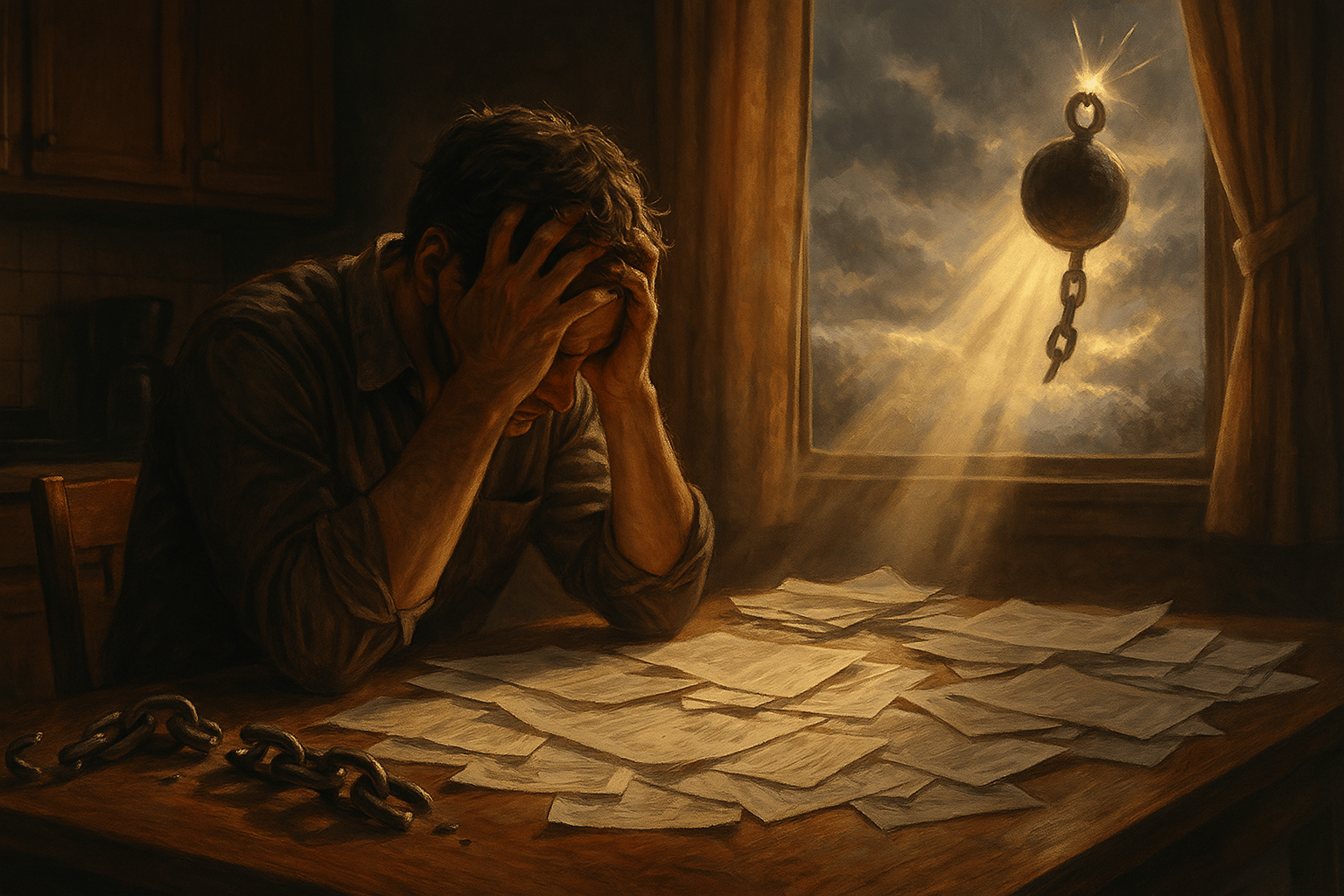Owning a home is often seen as a key part of the American Dream. It’s a major investment, and also a place where memories are made. But what happens when life doesn’t go as planned? Job loss, health issues, or even a natural disaster can put your finances at risk, and suddenly, that monthly mortgage may feel impossible to manage.
If you’re in this kind of situation, you’re not alone. Many homeowners across the United States face similar challenges. That’s why it’s so important to understand the terms connected to your mortgage. The better you understand the language used by lenders, lawyers, and government aid programs, the better equipped you’ll be to take control of your financial future.
We understand how overwhelming mortgage terms and relief options can feel. We’re here to help simplify complicated terms so you can focus on making smart decisions for your household. Whether you’re navigating mortgage requests or speaking with lending institutions, understanding key terms is the first step in solving a problem you don’t have to handle alone.
This blog post provides a glossary of key mortgage-related terms. We also include useful resources, government help options, and tools designed to help homeowners in distress. You’ll find internal links to additional helpful guides and a special section on the digital tools Uply Media offers to government agencies managing homeowner assistance programs.
By the end of this post, you’ll not only have a solid grasp on mortgage language, but you’ll also know exactly where to go next, whom to ask for help, and the right questions to pose when you do. Let’s explore mortgage terms that can empower you during uncertain times.
Mortgage Basics: Terms Every Homeowner Should Know
1. Mortgage
A mortgage is a legal agreement in which a lender loans money to a borrower for a home purchase. The borrower agrees to pay back the money over time—usually in monthly installments—and the property acts as collateral.
2. Principal
This is the original amount you borrowed from the lender. As you make payments, your principal balance goes down.
3. Interest
Interest is what the lender charges you for borrowing money. It’s added to your monthly payment and can significantly impact the total cost of your loan.
4. Escrow
An escrow account is managed by your lender to cover property taxes and home insurance. A portion of your monthly payment goes into this account to ensure these bills are paid on time.
5. PMI (Private Mortgage Insurance)
If your down payment was less than 20%, you likely pay PMI. It’s required to protect the lender in case you default on the loan.
6. ARM (Adjustable Rate Mortgage)
This type of mortgage starts at a lower interest rate but can change over time depending on market conditions.
7. Equity
Equity is the difference between your home’s value and the remaining amount you owe on your mortgage. More equity gives you more financial flexibility.
8. Amortization
This refers to the process of paying off your mortgage over time. Each payment applies to both interest and principal.
9. Loan-to-Value Ratio (LTV)
LTV compares your loan balance to your property’s appraised value. A lower LTV generally improves your chances for refinancing or other financial relief options.
Mortgage Hardship Terms: Relief Options Explained
When facing a financial crisis, understanding relief-related mortgage terms is critical. These terms often come up when seeking assistance through lenders or government programs.
10. Forbearance
Forbearance is when your lender allows temporary payment reduction or suspension due to hardship. However, missed payments must eventually be repaid.
11. Delinquency
This term refers to a late mortgage payment. If your mortgage is delinquent for more than 30 days, it could negatively affect your credit score and lead to more serious outcomes.
12. Default
You are in default if you don’t make your mortgage payments for an extended period. This usually triggers the beginning steps toward foreclosure.
13. Foreclosure
This is the legal procedure in which the lender takes back ownership of the home due to nonpayment. It can lead to eviction and long-term credit damage.
14. Loan Modification
This involves changing your loan terms to make payments more affordable. This may include lowering the interest rate, extending the loan term, or reducing the principal.
15. Deed-in-Lieu of Foreclosure
If you can’t continue paying your mortgage, you might give the property back to the lender voluntarily instead of undergoing full foreclosure.
16. Short Sale
A short sale is when you sell your home for less than what you owe on the mortgage, with lender approval. It can help avoid foreclosure.

Smart Tools and Government Programs for Homeowners in Crisis
Understanding where to turn for help is just as important as knowing the right words. Below are key organizations and tools available to homeowners:
- HUD Housing Counselors: Free advice for struggling homeowners.
- Consumer Financial Protection Bureau: Offers education, protections, and reporting tools.
- IRS Form 982: May help with forgiven mortgage debt and tax returns.
- FHA and VA Relief Options: Certain borrowers are eligible for specific forbearance or refinancing benefits.
- Local State Housing Agencies: Provide aid unique to your home state.
- Homeowner Assistance Fund (HAF): The U.S. Treasury’s $9.9 billion aid for those affected by the COVID-19 pandemic.
- Loan Calculators: Use financial calculator tools to see realistic repayment plans.
- Credit Monitoring: Track FICO scores and improve lending outcomes.


Leave a Reply